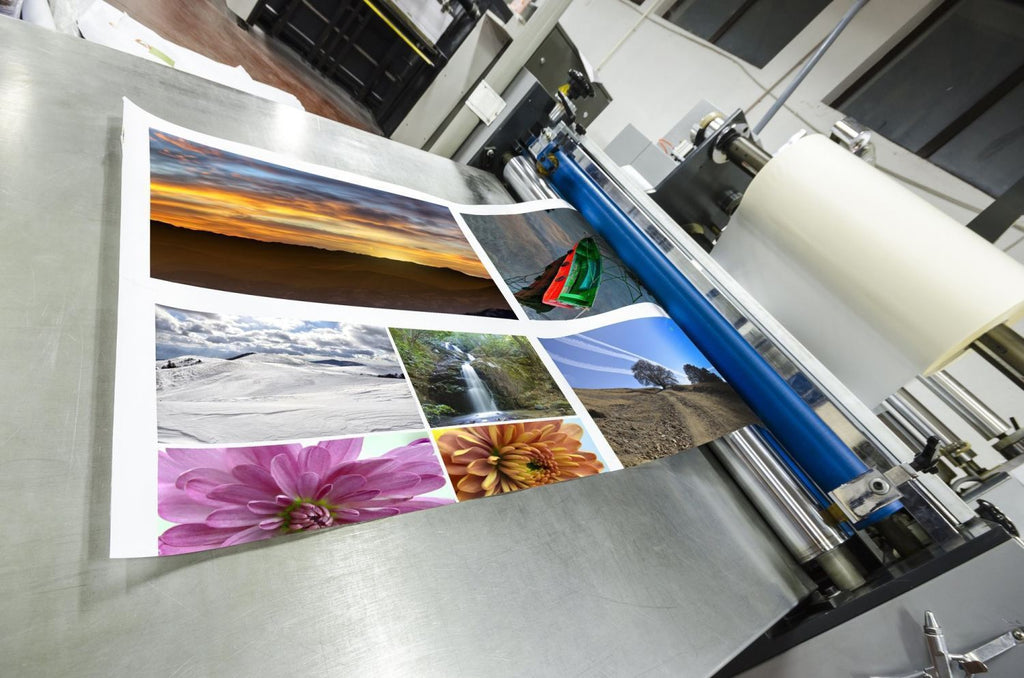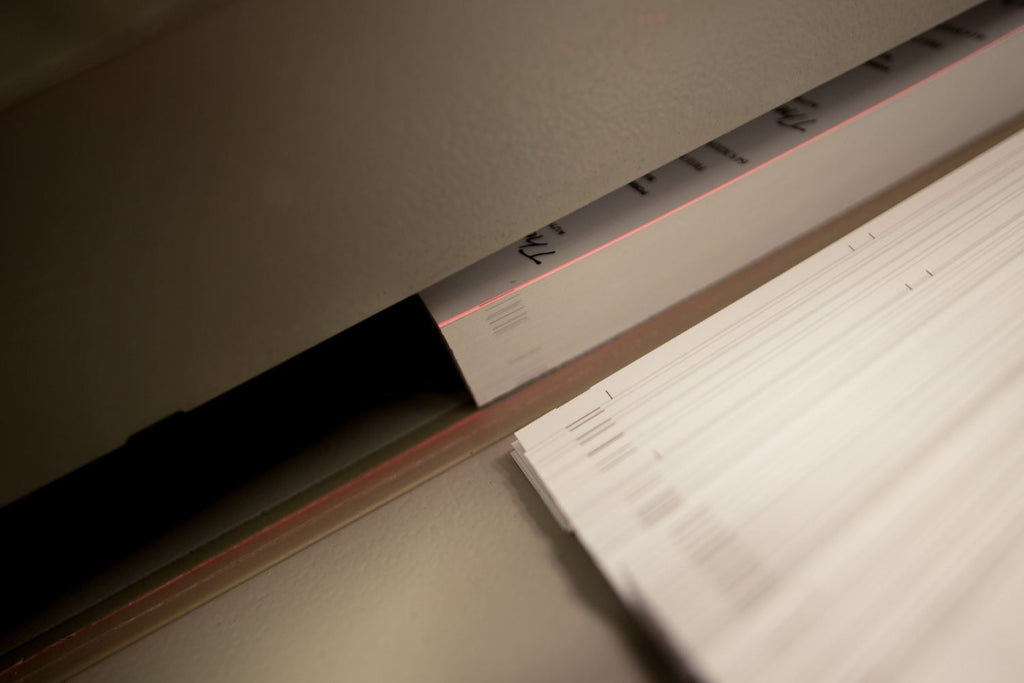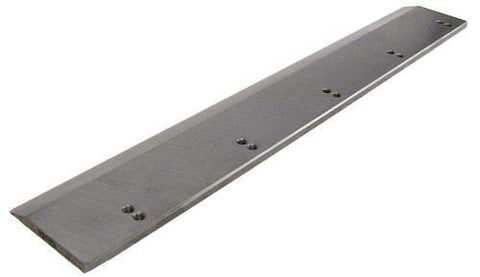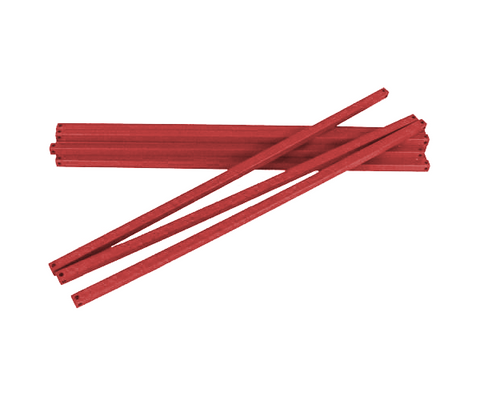News RSS
5 Types of Equipment You Need to Start a Printing Business
How to Start a Printing Business: 5 Equipment You Should Have Being in the printing business means investing in printing equipment and supplies. But if you want to keep your expenses manageable, you need to know which pieces of equipment to invest on. Don't worry. We've done the research for you. Here are the 5 equipment you need to start a printing business. No matter how big or how small, starting any business means getting some equipment. Even freelance writers need a computer. If you want to start a printing business that offers a fairly full range of services, though,...
5 Tips for Starting Your Own Greeting Card Business
Thinking of starting your own greeting card business? Good! As the printing industry continues to grow, it makes more room for new players. To help you out, here are 5 tips that will you start your new business right. If you have a knack for getting sentimental about special occasions and writing just the right wishes, it's likely you've considered a greeting card business. It feels like the right fit, and you think you've found your calling in life. But there is a lot to remember when putting your business together. Here are a few things to keep in mind...
These 4 Items are a Must If You Run a Stationery Business!
Do you own a stationery business? If yes, then you know that the best equipment gives you the best ROI. If you're planning to buy new equipment or upgrade the ones you have, you should prioritize these 4 items. Over two million weddings take place in the United States alone every year. Roughly 4 million babies are born during this period. How are those occasions related? Both of them are examples of events where a stationery business can flourish. If you look at statistics like the ones we just shared and find yourself inspired to start your own stationery business,...
How A Paper Cutter Can Save Your Company Money
Have you considered buying a paper cutter for your office? Using one can save your company money in numerous ways. A professional paper cutter can help your business save time and money. Businesses that process a large amount of paper need a device that can cut through multiple stacks of paper quickly and efficiently. Businesses also need paper cutting equipment that can save them money and help them limit their waste. In this article, we'll explore the different ways a paper cutter can help your business save money. They Help You Go Green Caring about the environment is not...
4 Ways In Which An Automatic Paper Cutting Machine Promotes An Eco-Friendly Office Culture
Do you want your office to be an eco-friendly environment? Here are 4 ways in which an automatic paper cutting machine can help you achieve that. The amount of wood and paper product that Americans throw away each year is enough to heat 50,000,000 homes for 20 years. Even scarier, one billion trees' worth of paper is thrown away every year. Businesses can do a lot to minimize their environmental impact, and it starts with paper. Paper is essential to business yet widely undervalued. An automatic paper cutting machine can be a green tool for your business. Here are...








